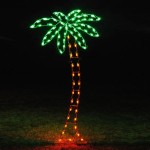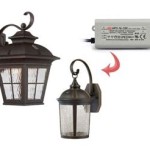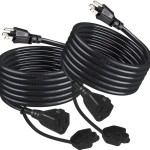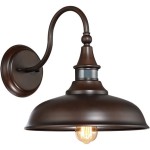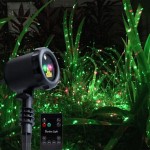Wireless Outdoor Lighting Control System: Essential Aspects
Wireless outdoor lighting control systems have become increasingly popular in recent years, offering homeowners and businesses a convenient and efficient way to manage their outdoor lighting. Here are some essential aspects to consider when choosing and installing a wireless outdoor lighting control system:
System Components
A typical wireless outdoor lighting control system consists of three main components:
- Controllers: These devices serve as the brains of the system, controlling the lights and receiving commands from other components.
- Sensors: Sensors detect motion, light levels, or other conditions and trigger the lights to turn on or off accordingly.
- Lights: The lights are the physical fixtures that emit the light. They communicate wirelessly with the controllers.
Control Options
Wireless outdoor lighting control systems offer various control options, including:
- Remote controls: Handheld or wall-mounted remote controls provide convenient on/off and dimming control.
- Mobile apps: Apps for smartphones and tablets allow users to control their lights from anywhere with an internet connection.
- Voice assistants: Some systems integrate with voice assistants like Alexa and Google Assistant for hands-free control.
Customization
Wireless outdoor lighting control systems offer customizable settings to meet specific needs, such as:
- Scheduling: Lights can be scheduled to turn on and off at specific times based on sunrise/sunset or daily routines.
- Dimming: Many systems allow for dimming control, enabling users to adjust the brightness of their lights as desired.
- Motion detection: Motion sensors trigger lights to turn on when movement is detected, enhancing security and convenience.
Installation
Installing a wireless outdoor lighting control system requires some technical expertise. Considerations include:
- Power source: Controllers and lights need a power source, either from a nearby outlet or solar panels.
- Wireless range: Ensure the wireless signal between components is strong enough to cover the desired area.
- Weather resistance: Outdoor components should be rated for outdoor use and withstand harsh weather conditions.
Benefits
Wireless outdoor lighting control systems offer numerous benefits, including:
- Convenience: Control your lights effortlessly from anywhere with remote controls or mobile apps.
- Energy efficiency: Automated scheduling and motion detection can reduce energy consumption.
- Enhanced security: Motion-activated lights can deter intruders and provide a sense of security.
- Aesthetics: Create stunning ambiance and highlight architectural features by controlling light levels and color.
Choosing and installing a wireless outdoor lighting control system can significantly enhance the convenience, energy efficiency, and aesthetic appeal of your outdoor spaces. Consider the essential aspects discussed above to make an informed decision that meets your specific needs.

Introduction To Wireless Lighting Controls

Introduction To Wireless Lighting Controls

Wifi Landscape Lighting Wireless Haven

Wisebox Wise Box Kit Wireless Outdoor Lighting Control System Ip54 Wiseboxkit

Novolink Smart Wireless Controller For Low Voltage Landscape Transformers Ls 101b Wlvctl The Home Depot

Litetrace S Keilton Platform Adds Long Range Outdoor Lighting Control Solutions Us Trends

Landscape Lighting Swimming Pool Remote Control

Gateway For Light Logic Plus Internet Based Outdoor Lighting Control System From Unique Landscapelightings Com

Hamilton Mwm 4ch Pskit Mercury Air Wireless Outdoor 4 Channel Lighting Control Kit Gil Lec

Wireless Landscape Lighting Control
Related Posts


